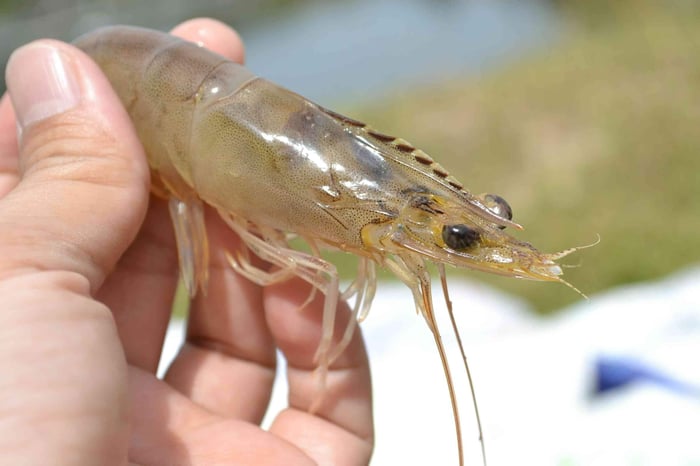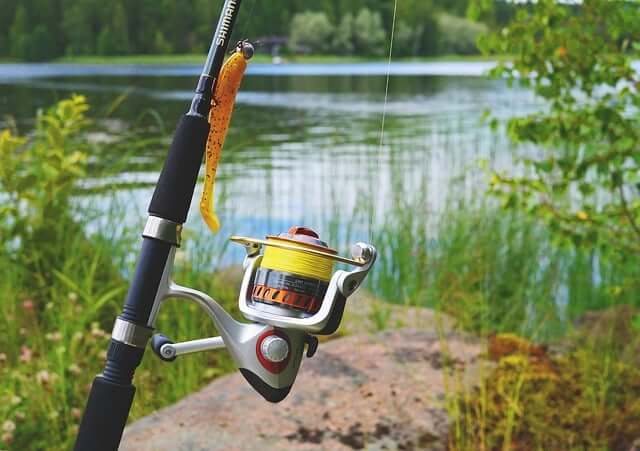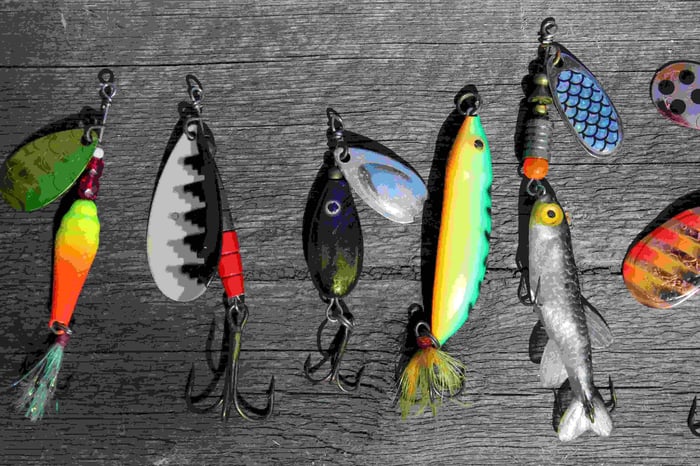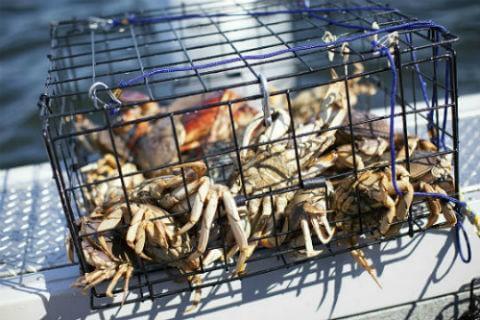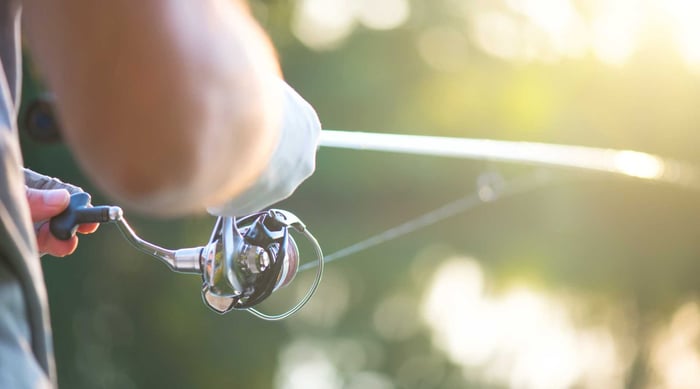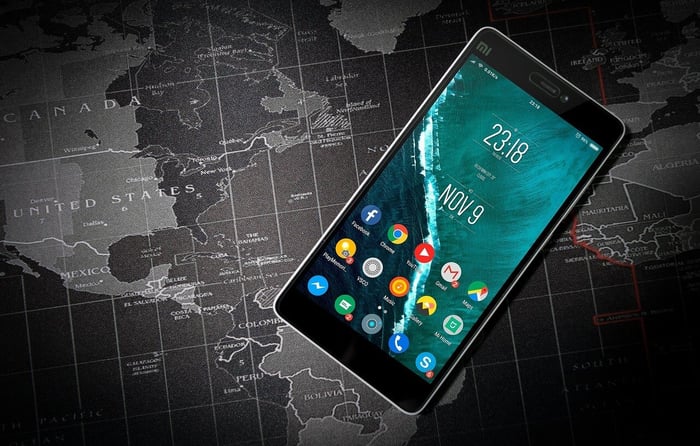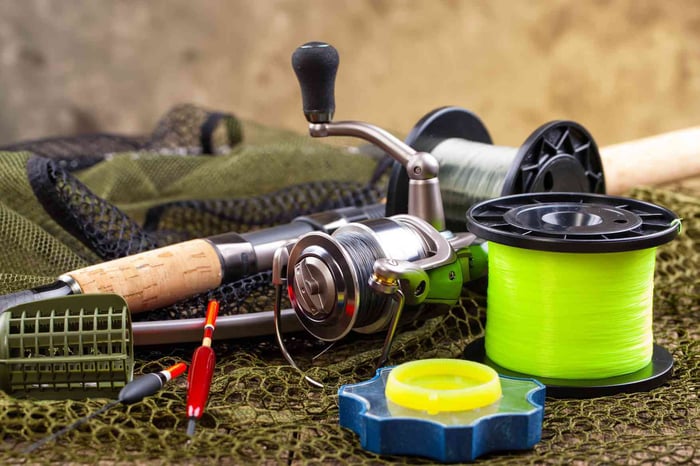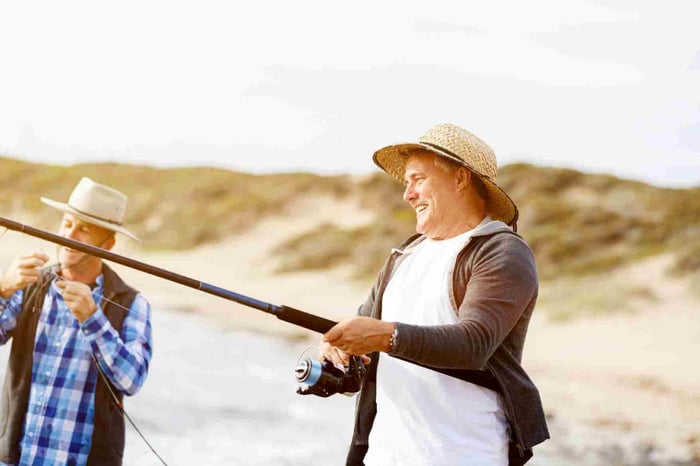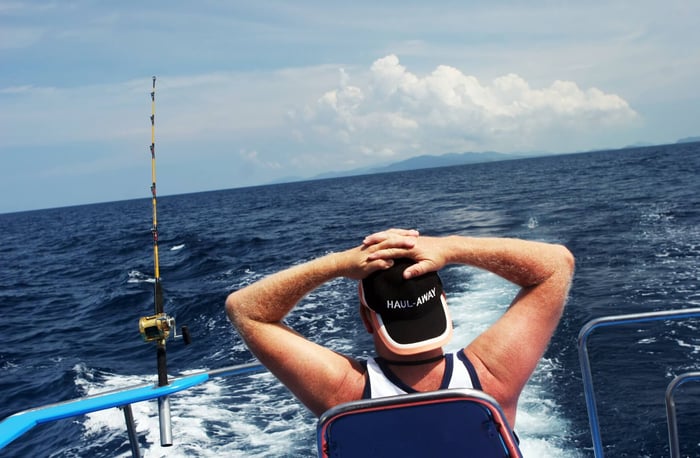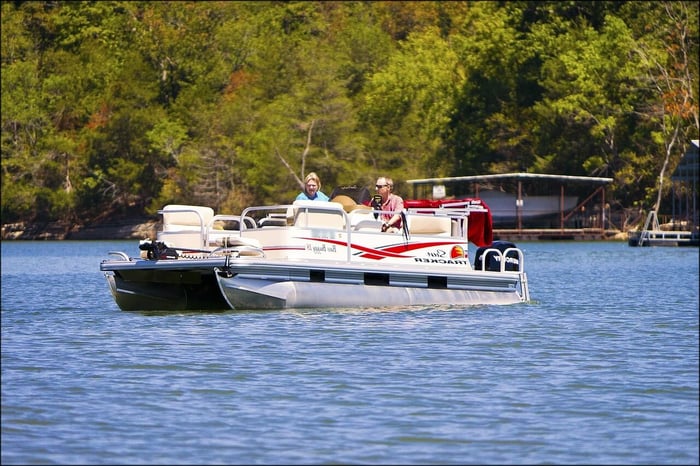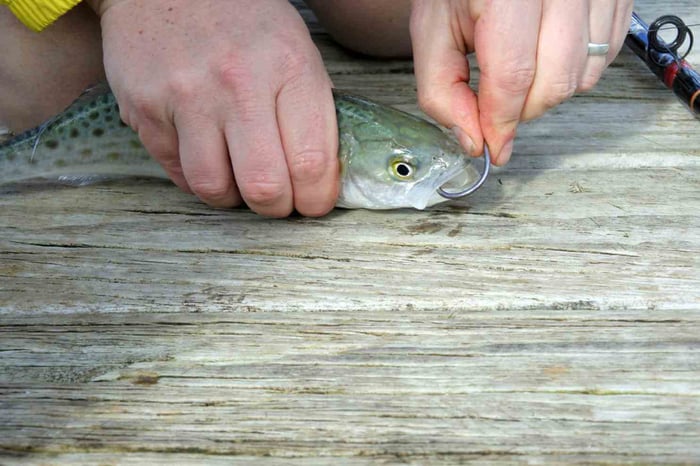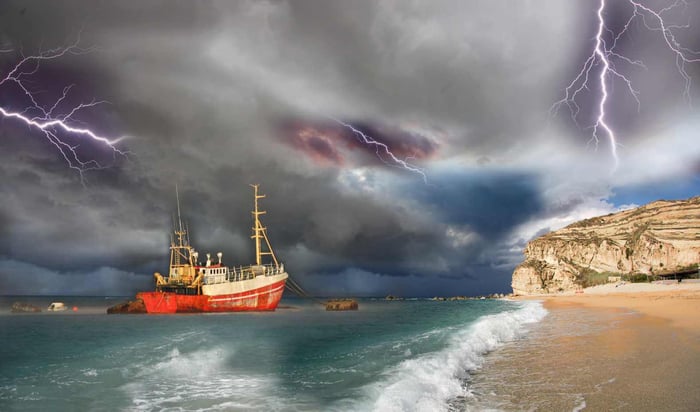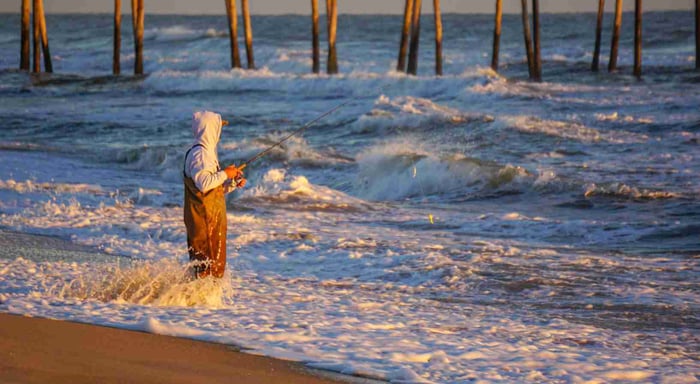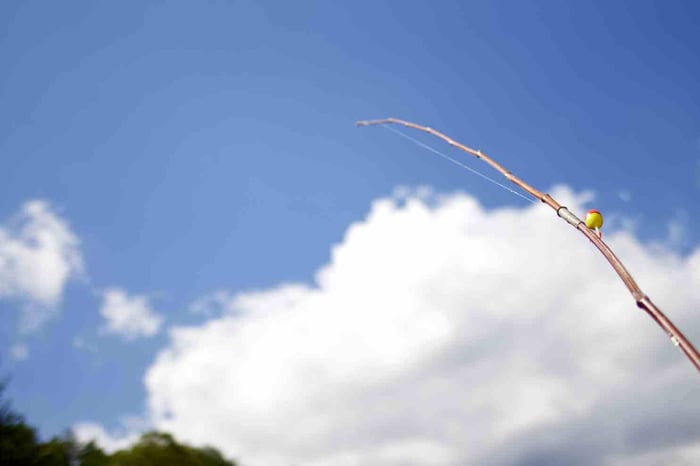Table of Contents
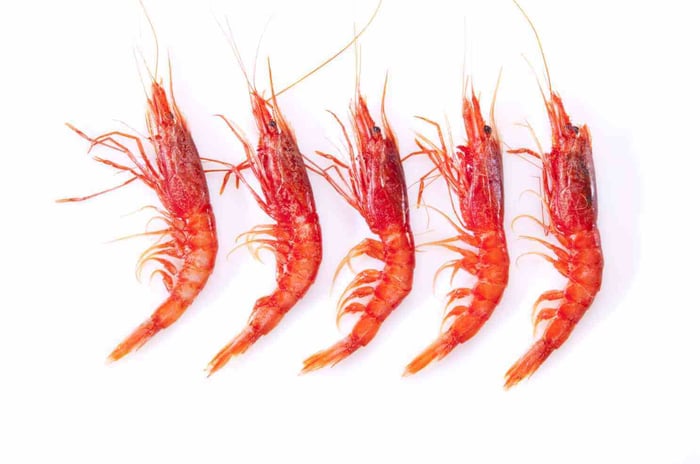 If there's one thing beachside anglers would like to say, it's definitely that shrimping isn't as easy as it sounds. And to a certain extent, they're right about that.
If there's one thing beachside anglers would like to say, it's definitely that shrimping isn't as easy as it sounds. And to a certain extent, they're right about that.
It's literally evenings spent by the water, lanterns lit, and the gentle drag of the tide against your boots.
The payoff is fresh shrimp to eat or store for bait.
But honestly? The experience itself is what brings people back. It's just so therapeutic in a way.
Some people use boats to work deeper water, but there is plenty of good shrimp to be caught right off the shore.
And here's the thing, you don't even need an extra fancy tool or gear to do it.
You actually just have to wade a tidal creek with a dip net or cast a net off the sandbar. That's all.
That makes shore shrimping available to newbies. You don't really need to shell out a lot of money.
But even so, it's still worthwhile for seasoned shrimpers who know where to go.
In this article, we will take you through the basics so you can go "shrimping" with confidence. You will learn how to recognize shrimp behavior and utilize it effectively.
You will know when and where to go, the tools that will get you the "most" catch, and the tips that land shrimp in your net.
We will discuss baiting techniques, storage considerations, and applicable regulations.
Whether you're the type who appreciates just the catch or the tradition (or perhaps both), everyone is welcome to learn.
What About Shrimp Behavior?
In fact, I'd dare say that knowing how shrimps behave is the key to catching them.
Most shrimps cling to the bottom and travel with the tide, but of course, not all of them are alike.
White shrimp, brown shrimp, and pink shrimp can be found along many shores.
Some spots even have spot shrimp or jumbo shrimp in deeper water.
You just have to look at them carefully.
But of course, they are less frequently caught from shore.
• Shrimp will consume nearly anything.
They are scavengers and will eat fish carcasses, chicken necks, or bait balls consisting of ground meal.
Some anglers drop bait jars or cans of cat food to attract shrimp into a concentrated space.
They will sort through the odor trail until they congregate.
In a way, this makes netting a whole lot easier.
• Seasons count as well.
Brown shrimp appear during warm months, and white shrimp move to shallow waters as the water cools.
Pink shrimp migrate with currents.
They are located in sandy bottoms or grassy bedding areas.
• Temperature is a factor of activity.
If the waters fall too low, shrimp burrow in.
As a result, they reduce activity.
After which, it becomes so hard to catch them. So, you might want to take note of this.
• Shrimp are active in low light conditions.
They reflect a green light from headlights or lanterns at night, thus making them visible.
They remain low during the day.
They also often camouflage themselves in shallow water or in the intertidal zone.
Best Times and Conditions for Shrimping

Good shrimping often relies on timing. That's a fact.
1. Tide is one of the biggest factors.
Rising and falling tides, which sweep in food and stir up the bottom, suck shrimp along with them.
A slack tide can smooth out the water, making it serene.
That's usually when you will catch shrimp the least.
2. Light and definition matter.
Clear nights can tempt shrimp in from the surface columns with a green light near the surface.
Dark nights are illuminated by a lantern or reflective tape on your net, allowing you to sense movement.
Overcast days work well if the water is calm.
Excessive wave action pushes shrimp out of reach or disperses them far.
3. Seasonal peaks differ geographically.
In the Gulf, summer may speed up brown shrimp runs.
White shrimp materialize en masse along South Carolina and other Atlantic coast waters in autumn.
Some shrimp have eggs and migrate with the tides to estuaries.
Hence, they bring the fishing grounds into regular action.
4. Weather matters as well.
A calm night with little wind would be best for casting a cast net or pulling a seine net.
On stormy nights, shrimp scatter and are less likely to be caught.
Consult your regulations before going out shrimping.
Why? Well, some states have catch restrictions or closed seasons.
Knowing when to go out is almost as important as knowing how to cast your net.
What to Bring For Shrimping from Shore
It takes the proper equipment to catch shrimp, but you don't require much to get started.
Cast Nets
The most typical option is the cast net.
A broad spread has more water to cover.
But you do need to scale the mesh size to suit the shrimp you are targeting.
More tinny mesh prevents prawns and white shrimp from escaping.
More large mesh is better used when brown shrimp or jumbo shrimp are present in the mix.
The line weight on the lead line also counts.
When fishing deeper, you naturally need sufficient weight to drag the net through the column quickly.
A floating line helps keep the upper lip open until the pull is made.
Dip Nets
Dip nets are another straightforward choice.
These are effective in shallow water or near boat ramps, bridge pilings, and intertidal zones.
With a light positioned near the surface, you can get shrimp eyes flashing back at you.
You can fill a bucket with a single haul of a dip net if the tide is cooperating.
Seine nets can be used from shore, too, with two men.
You lay the net across a shallow flat and drag it slowly.
This funnel traps shrimp and occasionally catches small fish as well.
Other equipment can also make the trip easier.
A bait bucket with an aerator keeps live shrimp alive for hours if you intend to use them as live bait.
Waders or boots guard against prickly shells and buried crab traps.
Gloves provide a grip when pulling on a line or hauling a weight.
Some anglers take lanterns or underwater green lights to lure shrimp and to observe in cloudy water.
Bait is another trick some use.
A bag of fish heads, canned cat food, or chicken necks moored near shore will attract shrimp to a single area.
Some like to use bait jars or pots, while others throw bait balls that break up slowly.
These odors attract shrimp and make net shrimp more convenient.
Get ready to go out by making a quick checklist.
Net, bucket, light, and a sufficient amount of bait.
Add ice and water if you wish to preserve your catch for later use as seafood.
Bring a reflective tape marker if throwing nets at night.
A sudden trip to a tackle shop can help with spare line.
You can also gather some information about the local fishing grounds.
With the proper equipment, you can net shrimp offshore.
The best part? You can bring home your own shrimp for the table or as bait. It's totally YOUR pick!
Baiting Techniques
Shrimp are natural scavengers.
To entice shrimp within netting distance, you need a CONSTANT food supply in the water.
Most shrimpers prefer to use plain baits that release a strong odor.
Classic Baits
Canned cat food, fish heads, and chicken necks are all time-tested favorites.
Submerge them in bait jars, encase them in netting.
Alternatively, you can hang them in bait bags so the current disperses the odor without releasing the entire chunk.
Bait Balls
Bait balls also work.
Combine the meal with fish heads or tuna bits, form them into balls, and toss them where you're going to cast the net.
When they disintegrate, the odor seeps down through the water column.
And then, it traps shrimp in the area.
Some even hang small shrimp pots containing bait near boat ramps or piers and check them periodically.
Pre-made Bait Jars and Shrimp Traps
If you prefer a low-mess method, some tackle shops sell already assembled bait jars or shrimp traps that you simply set and retrieve later.
They are not necessarily as quick as casting a cast net, but they can provide a steady stream of live shrimp.
Note: The best bait will vary depending on the water and tide.
In some waters, shrimp strike on oily fish heads.
In others, ground meal is more effective.
Always look at what local regulations are ahead of time, as you set pots or traps, since some areas restrict what you can use.
The goal? It's pretty straightforward.
That is, to produce a scent line that keeps shrimp moving in until you are ready to take them in by net.
Methods for Catching Shrimp from Shore
There are several means of netting shrimp without a boat.
The most common is casting with a cast net.
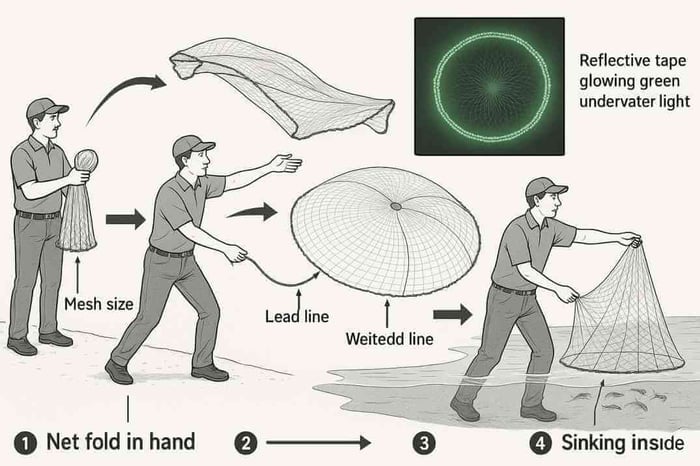
Figuring out how heavy to let it be and how to stretch out the mesh is something that must be practiced.
Sometimes, knowing how is a matter of life or death in shrimping.
When executed properly, the lead line drops quickly.
As such, it hooks shrimp before they can even swim away.
A clear single haul with the proper throw can fill a bucket full of shrimp in no time at all.
In shallow waters, reflective tape on the net or a green light in the water helps you see where to aim.
Dip nets are more manual.

Wading with a headlamp or lantern at night allows you to spot the glint of shrimp eyes in transparent water.
You push the dip net underneath and scoop.
It is slower than a cast net but simpler for beginners.
And yes, it's perfect for children who wish to lend a hand. It can be a great bonding activity.
Seine nets are a group technique.
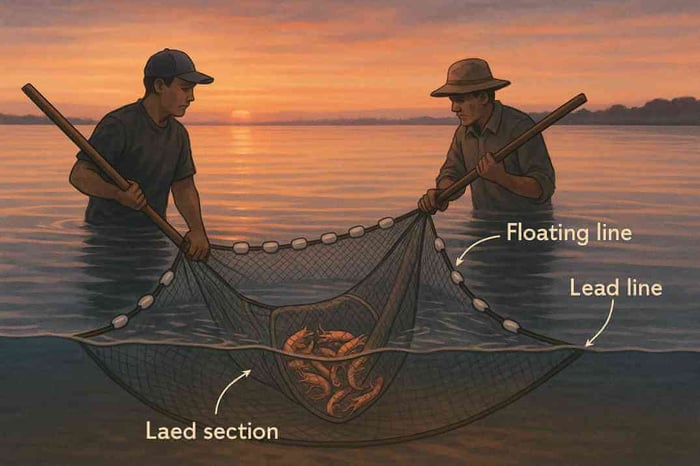
Two individuals stretch the floating line along the top rim of the water.
At the same time, the weighted line pulls the bottom.
Walking it in together forces shrimp into the bag.
This is most effective in flat water with minimal wave action.
It is also one of the oldest methods for catching shrimp, a technique that was once used by families on sandy flats and intertidal flats.
Shrimp traps and little pots have their uses as well.
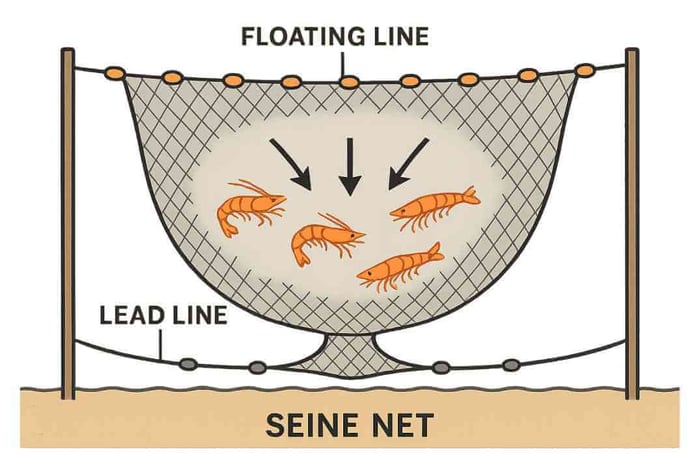
You bait them with chicken necks, fish heads, or cat food, allowing the aroma to lure shrimp in.
They won't make you any jumbos quickly.
But at the very least, they are consistent and easy.
Note: Regardless of the method you use, timing and pull are everything.
Pull too soon and the net runs empty.
But also, pulling too late, and the shrimp gets away.
Observe the depth, current, and water conditions.
Clear water requires stealthy steps.
Murky days with low light are lenient.
With practice and patience, you will discover the method that best suits your shrimping style. My honest take? It's only YOU who can decide which is which.
Prime Shore Locations for Shrimping
Having a good idea of where to go shrimping is half the battle.
Shrimp will congregate in areas of moving water and simple cover.
Tidal creeks, sandbars, and intertidal flats are great areas to start.
Since the tide flows, shrimp catch a ride on the current. This makes netting so much simpler in shallow water.
Bridge lights, piers, and boat ramps are also attractive to shrimp.
The light attracts baitfish and plankton. This will lure in shrimp.
Having a green light below the surface close to these obstructions can double the action.
Shrimp stack along the line of shadows. So, if I were you, I would pay close attention to where light intersects dark.
Others use quiet creeks and estuaries where shrimp run in schools.
Others like to fish on open beaches where waves pound them hard against the sand.
Either can be productive if you understand the timing. As I said earlier, timing is everything.
Shrimp generally run harder in given seasons, so ask your local tackle shop when spot shrimp, white shrimp, or brown shrimp are on the scene.
South Carolina, the Gulf, and most other coastal places have their own individual runs.
Years back, people used to walk the same flats year after year, casting nets until buckets were laden. That practice is still on.
Look for a location where current and structure meet, and toss in a little shrimp bait. That's how you'll see how quickly you can fill your pot or bucket.
Don't Fall For These Mistakes
Shrimping seems easy, but there are more ways to do it wrong than right.
New shrimpers tend to skip the "basics" and come away with nothing. And we don't want that to happen, right?
1. One error is selecting the wrong net.
Mesh size and weight determine everything.
If the mesh is too big, white shrimp or pink shrimp will escape.
If it is too small, the net will sink slowly, and the shrimp will disperse before the lead line strikes bottom.
You need sufficient weight on the line to draw quickly.
But also, not enough to drag heavily in shallow water.
2. Throwing style is something that also trips people up.
A sloppy throw has the net collapsing inward rather than splaying out wide.
Shrimp can shoot out the sides.
That makes it tricky, because then, you'll be left with nothing.
Practice throwing in sunny water during the daytime so that you become proficient at spreading the top edge before attempting it at night.
One clean haul with a proper spread will always beat sloppy throws.
3. Light usage is also difficult.
A few shine lanterns too brightly and spook shrimp, particularly in clear water.
A green light with low output works better.
Reflective tape on your net allows you to see where it falls without an over-lit-up water column.
4. Another error is timing.
Most new shrimpers leave at slack tide and ask why they can't catch shrimp.
You need moving water.
Incoming or outgoing tides drive bait scent, force shrimp into range, and make net shrimp more accessible.
5. Dealing with mistakes can spoil the best catch.
Drying shrimp out in a bucket will kill them quickly.
If you need live shrimp for bait, add water and aerate the tank.
To ice down seafood, do it immediately.
Having too much water in the cooler will cause the meat to become soft.
So, make sure to keep layers cold and fresh.
Lastly, some newcomers forget about local laws.
Catch limits are in place for a reason.
Years passed, and people might have brought anything they could carry.
Nowadays, honoring restrictions keeps the run healthy.
Always verify your fishing zone regulations before you lower shrimp pots, bait jars, or crab snares around there. This is so important. I can't stress this enough for you.
The key to learning how to catch shrimp along the shore is to avoid these common mistakes and observe the tide, net, and water conditions. And then, you'll be good to go!
Final Thoughts
Catching shrimp along the shore is one of those simple beach traditions that never really gets old.
And I think we can all agree with that.
It requires only a net, a bucket, and some waiting, but the payoff is greater than the catch of seafood.
There isn't a best way to do it.
Some use the neat sweep of a cast net with only enough weight to slice through the depth.
Others prefer walking the shallows with a dip net, spotting the glimmer of shrimp eyes under a lantern.
Some place shrimp traps or bait jars with cat food or fish heads and let the tide carry in their catch.
No matter how you swim, it keeps you "connected" with the water in a way or so.
What is so rewarding about shrimping is that you get to take your own shrimp home.
Fresh, firm, and hand-caught.
They can be live bait for fish, jumbo shrimp on the grill, or tiny prawns in the pot.
Each outing has the potential to stock your cooler or simply to have fun with family and friends on the night out.
But don't forget the larger picture.
Avoid violating catch limits, keep the fishing ground clean, and respect local regulations.
Add water to maintain healthy live shrimp, and store the ones you will consume in ice.
And then, leave the rest for the next tide.
At its core, shrimping is not just about the catch.
It is about mastering the tides, interpreting water conditions, and maintaining tradition.
Before long, it is not really hard to understand why so many fishermen include shrimping on their list of top favorite sidekicks for a night on the beach.
And once you try it, I bet you'll love it, too!
